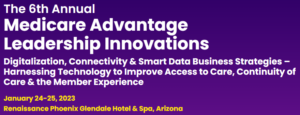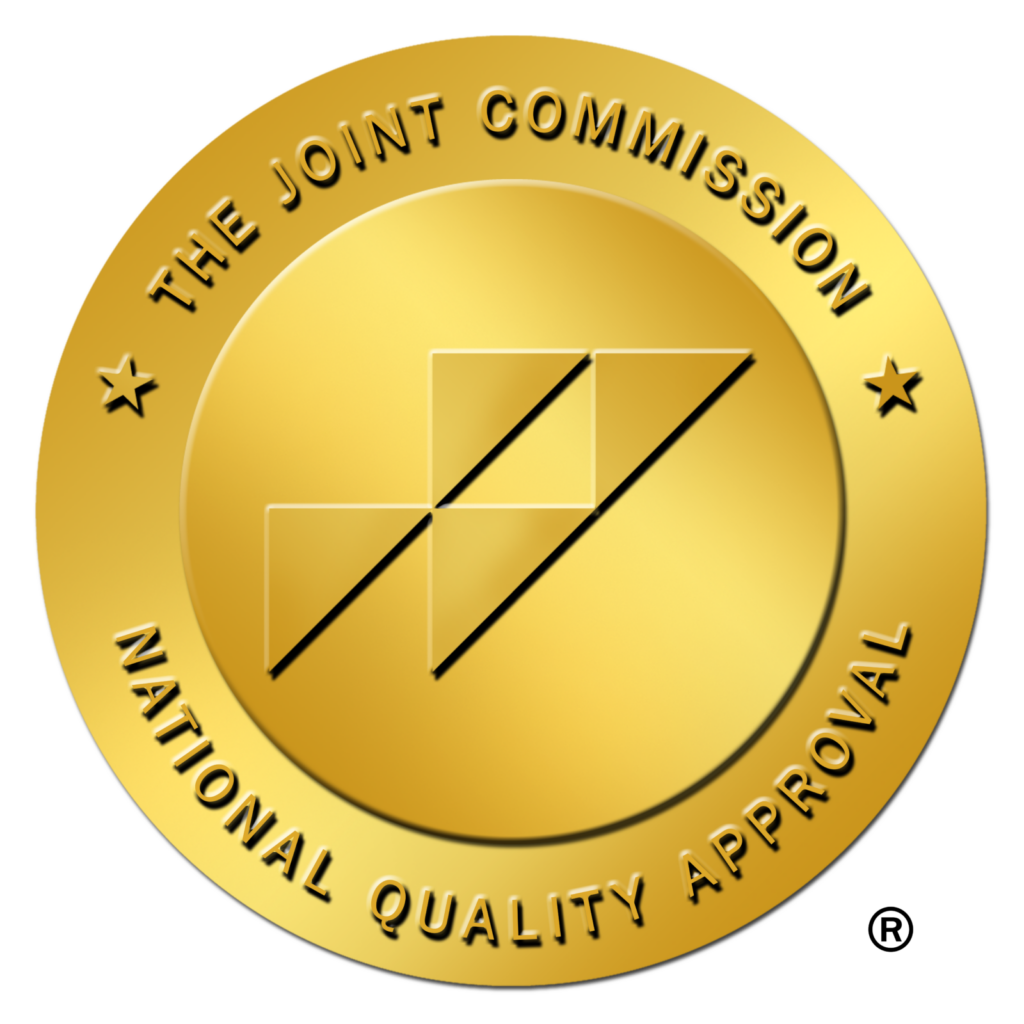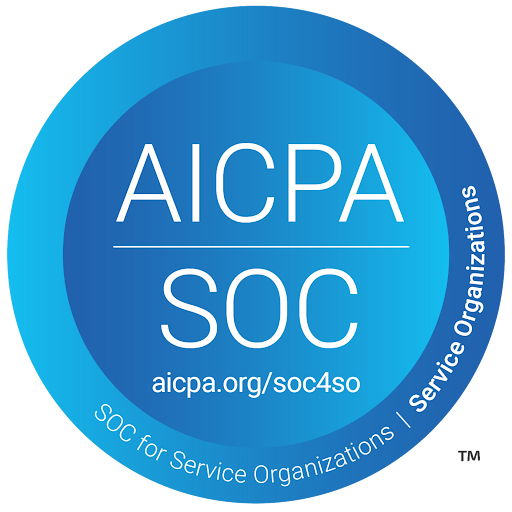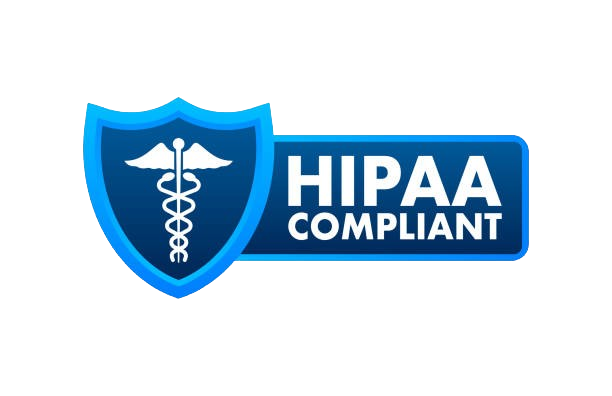For Payors and Health Systems
Isaac Health partners with Medicare Advantage plans and risk-bearing health systems to offer population screening, diagnosis, and dementia care for populations

We are at the Medicare Advantage Leadership Innovations meeting!
Come meet us – find a time
here

What most dementia care looks like today
- Common: > than 11% of most Medicare populations have dementia
- High Cost: $21k pmpy average medical cost. Average MLR 1.12
- Underdiagnosed: 61% undiagnosed, 22.7% false negative rate in primary care
- Inaccessible: Waiting times over 6 months in most memory clinics. Going up to 50 months in next 1 -2 years 1
What dementia care looks like with Isaac — a full-service telehealth memory clinic
- Screening program for increased diagnosis (can be embedded in existing annual visits)
- Diagnosis by specialist physicians and neuropsychologists
- Management specific to subtype with medication and cognitive therapy
- Patient and caregiver support for social and legal needs
- Full integration with PCPs
- In network with many payers
Benefits to ACOs and Medicare Plans
Improve financial experience:
- Reduce cost by $3.8k PMPY through early treatment and reduced hospital admissions
- Get your fair risk revenue of incremental $3 - 5k PMPY per patient diagnosed with dementia (see our White Paper)
- Improve MLR from 1.12 to 0.81
Improve quality:
- Delay cognitive decline by 3 months – 3 years
- Prompt access to treatment within 48h
- Address complex medical needs in your current population
Improve member and family experience:
- A less confusing and better coordinated experience for patients, families, and caregivers
Evidence for clinical effectiveness
Medication
3 months – 3 years
Time period over which ADAS-Cog 11 scores improve or remain steady with medications approved to treat Alzheimer disease (donepezil, galantamine, rivastigmine, and memantine) (meta-analysis of 224 studies)
US Preventive Services Task Force Recommendation Statement 20201
Cognitive therapy
72%
Proportion of participants in cognitive therapy that experienced at least one level of improvement.
American Speech-Language-Hearing Association National Outcomes Measurement Association 2019 2
Caregiver support
3 – 12 months
Time period over which psychoeducation interventions for caregivers resulted in a benefit for caregiver burden
US Preventive Services Task Force Recommendation Statement 2020 1
1: JAMA. 2020;323(8):764-785. doi:10.1001/jama.2019.22258
2: Adults in Healthcare – Outpatient 2019 (p. 36), see also AAN guideline published in Neurology. 2018;90:1-10. doi:10.1212/WNL.0000000000004826
Example Pilot design
Start date
Generally requires ~1 month preparation.
Time for review of outcomes
After 6 months
Key outcome metrics are:
- Clinical: Observed vs. expected trajectory of clinical outcomes
- Operational: Change in % with dementia diagnosis, PCP-to-Specialist time
- Financial: Observed vs. expected cost of care trajectory (DiD)
Population
e.g., Whole at-risk population or a subset of counties
Reimbursement for diagnosis or treatment / management
Either: FFS CMS rates
OR: Bundled payment with risk-sharing (full rate sheet can be provided)
Interested in connecting with us?
Book a time to connect with us to discuss how Isaac Health can support you
Key contacts
- Former consultant in McKinsey’s healthcare practice with focus on payers and health systems
- Former neurologist


Joel Salinas, MD, MBA, MSc
(Chief Medical Officer)
- Ass. Prof. Behavioral Neurology, NYU Memory Clinic
- Ex Clinical Director Mass. Gen. Center for Brain Health


Sean Zhao, FSA
(Senior Advisor )
- Experienced and credentialed healthcare actuary
- Expert in health plan economics and former McKinsey AP





